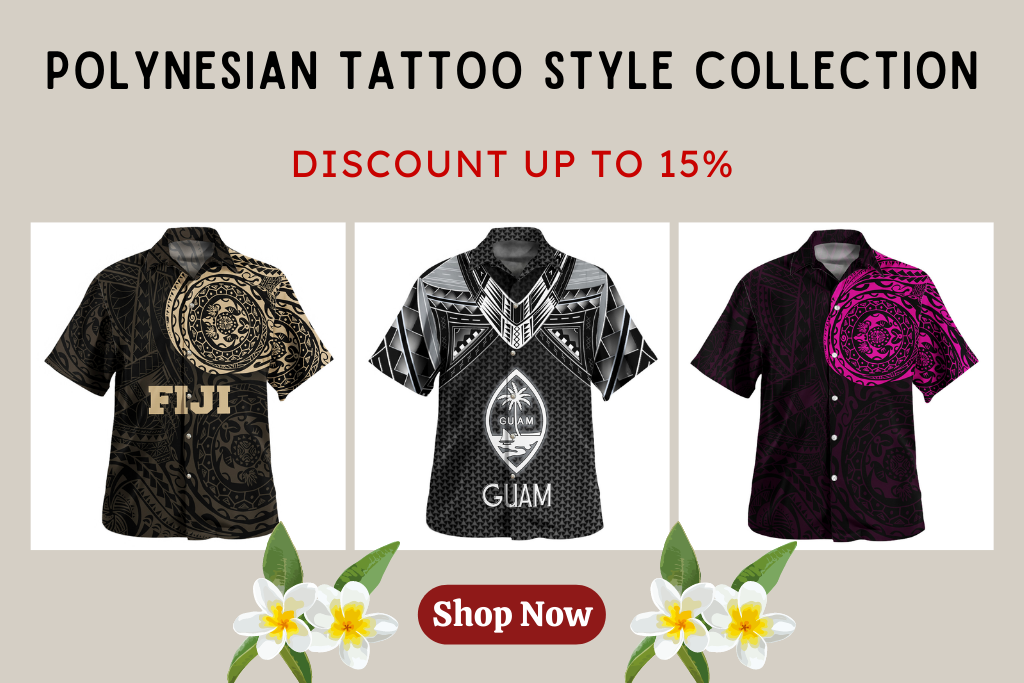Polynesian Tattoo Symbols For Family
Posted by Maris on 4th Sep 2023
Family and tradition are two key features in all Polynesian communities, where everyone has a place and a function to play in the community’s strengthening.
If we imagine family as a braided chain, we may better grasp the emphasis placed on each individual and how this provides each one a purpose and a direction.
Each cord is made up of numerous threads braided together, resulting in a string far stronger than the individual threads that make it up.
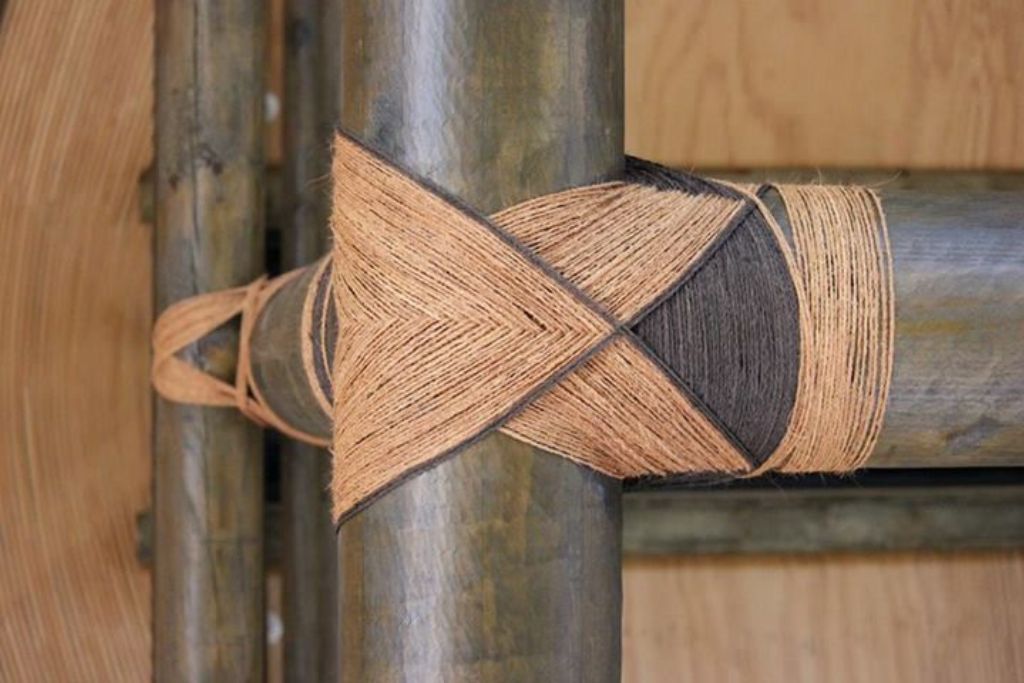
Each thread is equally crucial to the cord’s integrity: if one breaks, the entire cord may be jeopardized, and the cable can only be made longer and stronger by adding new threads while retaining the existing ones.
Polynesians were incredible navigators, sailing eastward through the Pacific Ocean in all directions and westward through the Indian Ocean as far as Madagascar.
As navigators without modern technology, Polynesians devised intricate systems based on star navigation, wave patterns and currents, winds, birds, and clouds observation, where understanding the origin was critical to reaching the destination.
Similarly, a civilization that honors and maintains ties to its forebears is a stronger group that can do more collectively than individually. Lone explorers did not accomplish wayfaring journeys.
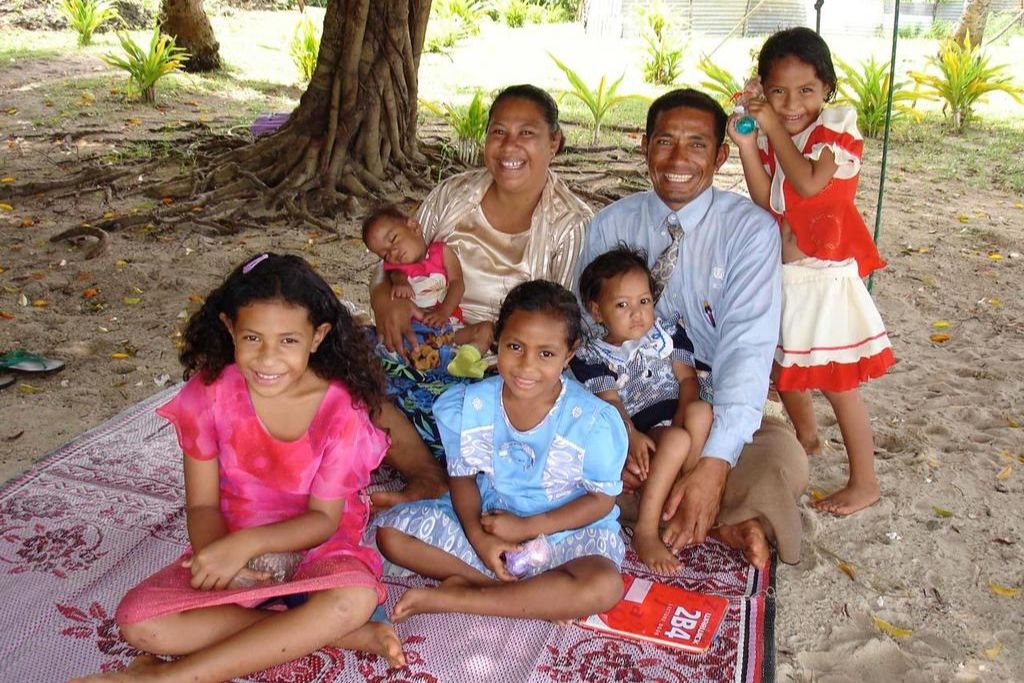
Every individual is significant, but their true power comes from being a part of a community. A tree can stand tall, but a ravine can wash it away, but a forest as a whole would hold the earth stable, and each tree would both contribute to and gain from this.
This analogy is even more appropriate when we consider the Polynesian people’s relationship with nature: man originates from nature (many stories pinpoint the common origin of humans and plants such as flax or taro), and there is no distinction between the two. Nature is also where spirits and ancestors reveal themselves, thus we should revere it.
Polynesian Print offers a special Polynesian Tattoo Style Collection. Discover and shop now with 15% off code: POLYBLOG15 (use code at check out)
This inteconnection between the people, the land, and the spiritual world, is represented by the Hawaiian symbol lō kahi, which also symbolizes the union of light (in the center) and darkness, of life and death within our experience of the world.
If people take care of nature, nature will care for the people as we are all connected.
The importance of community and land is particularly evident if we take a look at the structure of Maori society, and at the words used to define it: Maori people are divided in major groups that we can call “tribal nations”. The Maori word for this is iwi, which also means “strength, bones”.
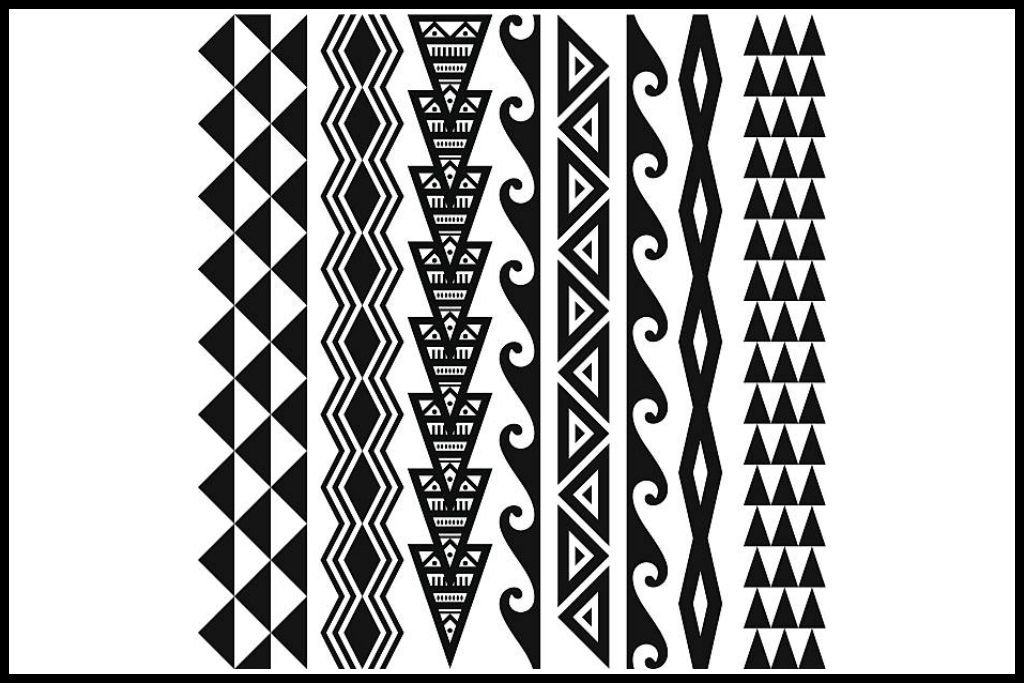
Each iwi is made up of several sub-groups called hapū (it also means “pregnant, conceived in the womb”), whose members share a common tipuna (ancestor), and these are divided into closely related family groups called whānau, which also means “to be born”.
These groups are closely linked to specific places, referenced as whenua. While this means land, it also means “afterbirth” or “placenta” so it’s evident the importance of the land and of community in defining one’s strength and birth right.
When introducing themselves, Maori people name their mountain, river, tribe and sub-tribe, and marae in this order, to state their place in the world and in society.
The importance of continuity can be seen in tattoos as well, where the symbols for ancestors and traditions are often patterns derived from nature, which can be repeated over and over again, to design longer motifs that give continuity to the design:
The Marquesan symbol ipu represents a gourd and as a container it is used in tattoos to collect ancestors’ mana, creating a connection with them.
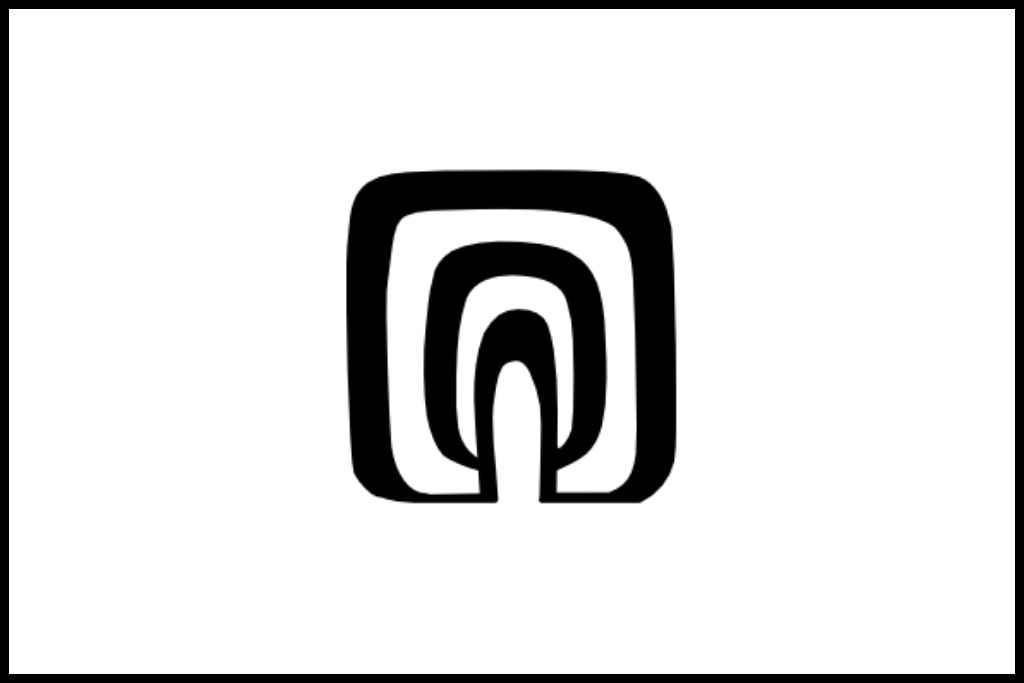
The ani ata is another Marquesan pattern representing a row of ancestors holding their uplifted hands.
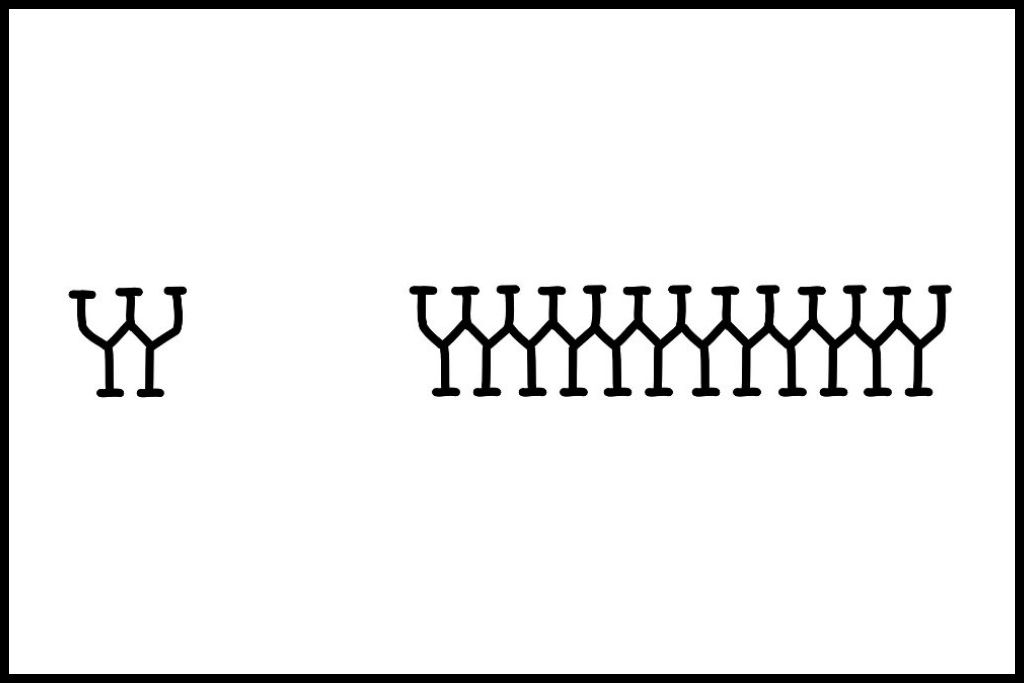
The Tahitian tapa’au symbol representing a braided cord symbolizes family unity and tradition.
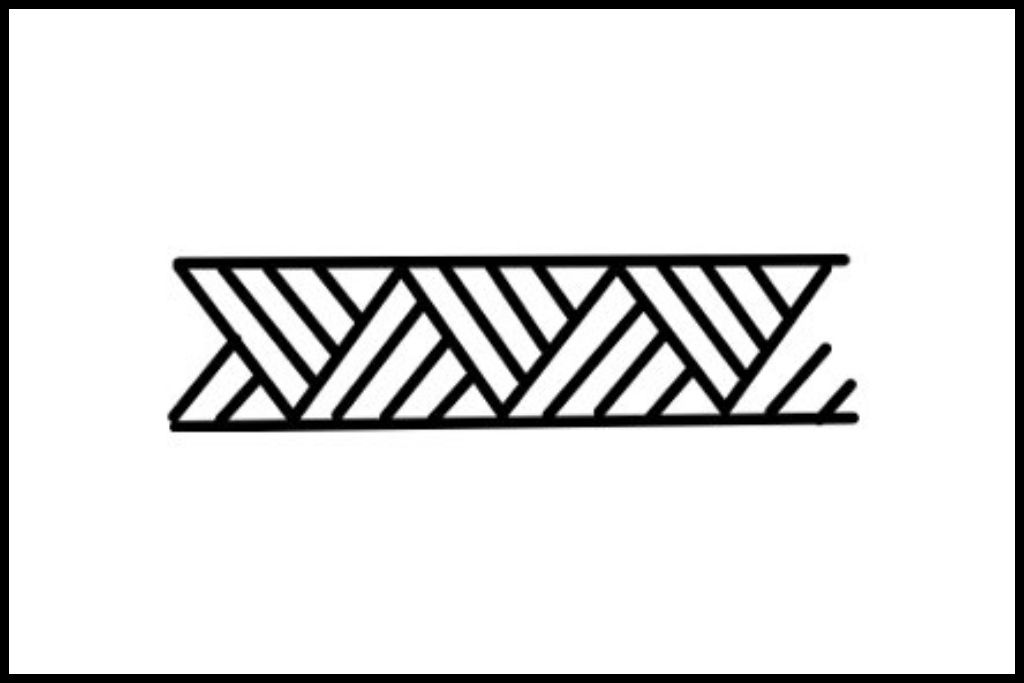
The kapua’i Hawaiian motif represents the footsteps of the ancestors.
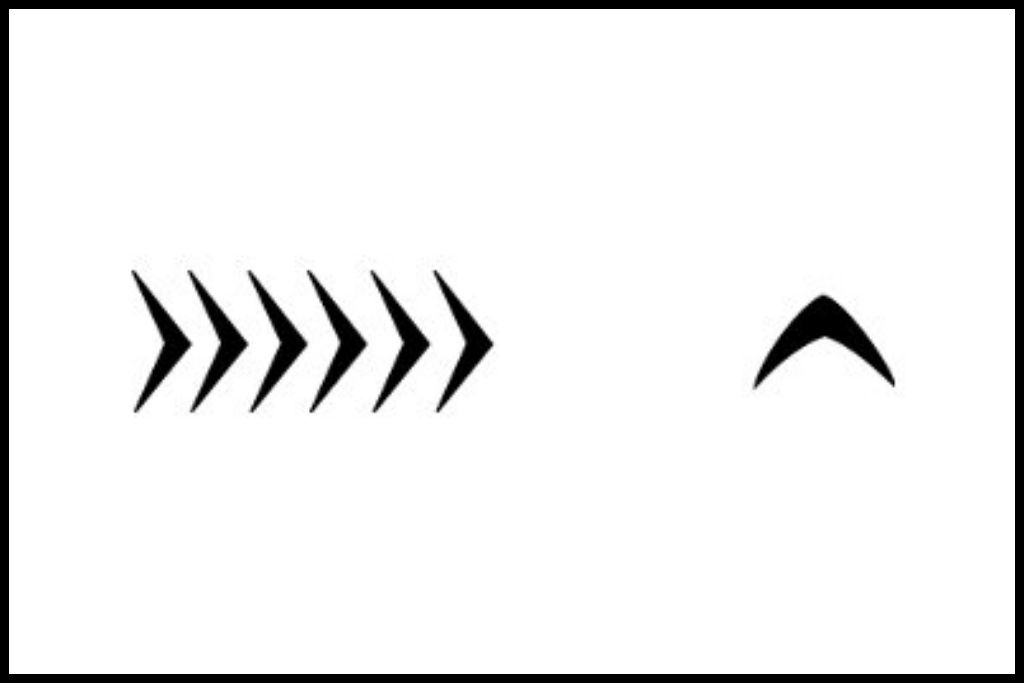
The ritorito symbol represents the central shoot of the flax plant (rito), which represents family in Maori traditions.
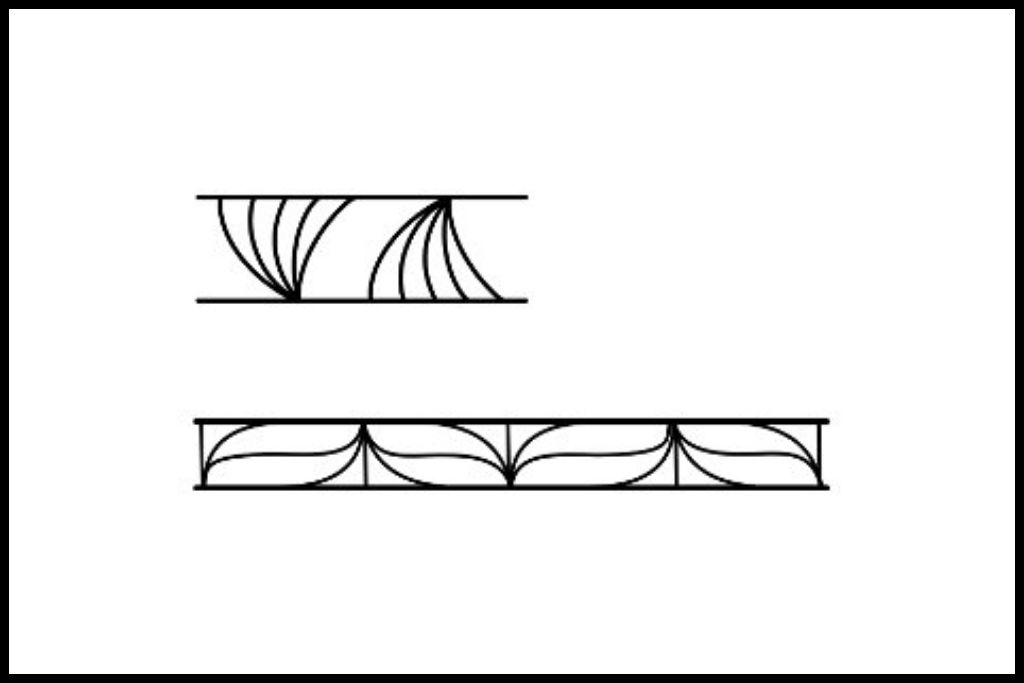
The fa’avaetuli Samoan motif represents ancestors and gods, as they are often, the first ancestors in most cases.
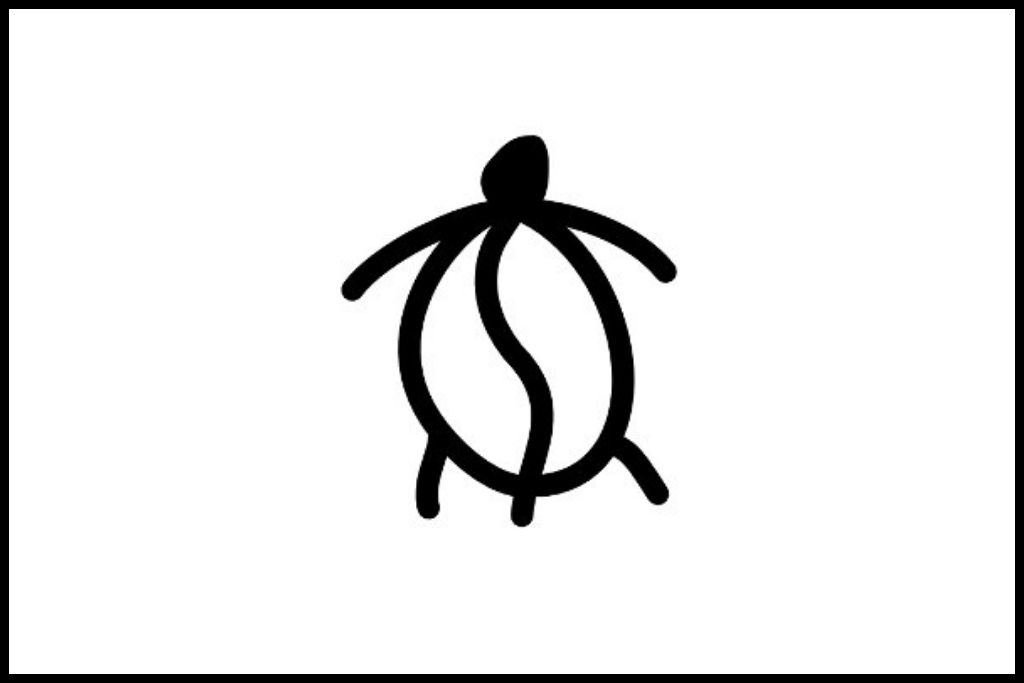
The turtle is another symbol used to represent family, possibly because they cross the whole ocean to go back to the beach where they were born to lay their eggs there.


